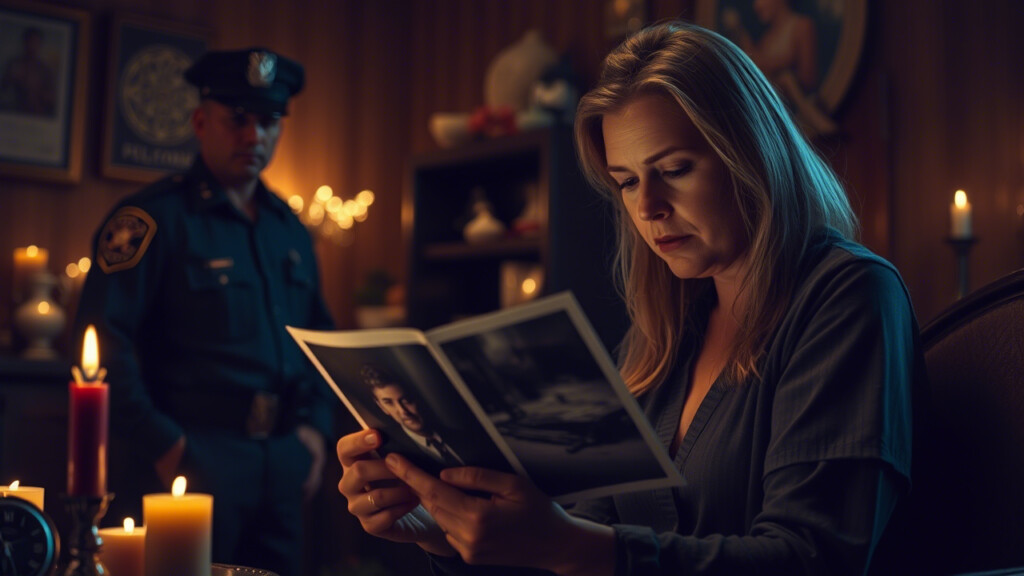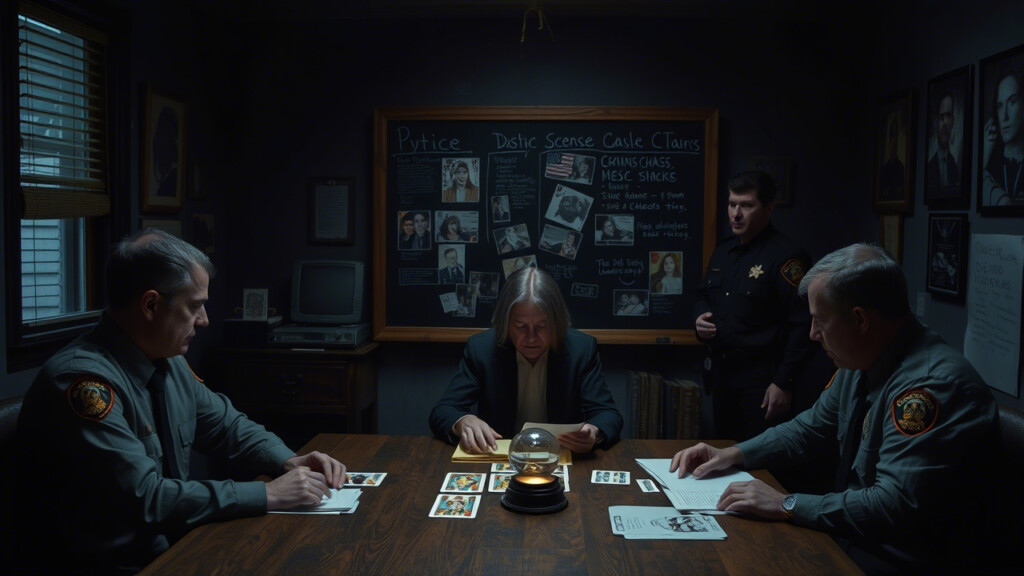Is there a special connection between complex criminal cases and the spiritual world, where conventional investigative methods seem insufficient? The image of psychics solving crimes, with their ability to “see” things beyond ordinary human perception, has become a part of popular culture. I have always been particularly interested in stories about psychic abilities in investigations. Not because I completely believe in them, but because I cannot ignore coincidences that are too incredible to dismiss. Could there be something beyond our current understanding?

Since the 1970s, Gerard Croiset, a psychic crime solver from the Netherlands, has drawn attention for allegedly providing information that helped locate a missing girl. His extraordinary abilities quickly caught the interest of authorities, and Croiset became an unofficial “consultant” in numerous investigations. He described crime scenes, “sensed” perpetrators, and made predictions about events. I read about Croiset a long time ago, and I cannot deny that the stories about him are quite impressive. He described crime scenes, sensed perpetrators, and sometimes helped police find crucial clues.
However, the scientific community has conducted numerous studies to verify Croiset’s abilities. They concluded that his information often lacked specific details, was vague, and could fit many different scenarios. Sociologist Marcello Truzzi described this phenomenon using the concept of the Barnum effect in psychics—general statements that can apply to many people, creating the illusion of accuracy and uniqueness.
Beyond Croiset, many other studies on psychic abilities have failed to produce convincing results. In the 1970s, Dr. Charles Honorton and psychologist Daryl Bem conducted a series of experiments on ESP (extrasensory perception) known as the Ganzfeld experiments. Participants were placed in isolation, wearing translucent goggles and headphones playing white noise to induce an altered state of consciousness. Initial results suggested signs of ESP, but later experiments failed to replicate these findings, leading many scientists to doubt the truth about psychic abilities.
Additionally, the CIA once funded a psychic research program called CIA and the Stargate Project, which ran from 1978 to 1995. This program aimed to explore the potential of “remote viewing” to aid intelligence operations. However, after years of testing, the final conclusion was that there was no evidence that psychic abilities had any real value in intelligence or criminal investigations. As a result, the CIA officially shut down the project.

What fascinates me most about CIA and the Stargate Project is not the CIA’s conclusion but the fact that they pursued it for nearly two decades. If they saw no potential from the beginning, would they have continued funding research for so long? I am not saying that Stargate proves psychic abilities, but it raises more questions than answers.
Nevertheless, the collaboration between psychics and law enforcement is not limited to Croiset. One particularly notable case was the disappearance of Amanda Berry (USA, 2003). Psychic Sylvia Browne falsely claimed that Amanda was dead, causing immense distress to her family. However, in other cases, information from psychic investigations has eerily matched reality. For example, in 2002, psychic Pam Coronado helped police locate a car linked to a missing person case after accurately describing its features and location.
One of the most striking cases involving psychics was the disappearance of Shawn Hornbeck (2002). The 11-year-old boy vanished while riding his bike near his home in Missouri, USA. Famous psychic Sylvia Browne appeared on a television program and told Shawn’s parents that their son was dead and that his body was near a bridge. However, five years later, Shawn was found alive, held captive in the home of his abductor. Browne’s false prediction not only devastated the family but also misled the investigation. This case demonstrates that the truth about psychic abilities is not always reliable and can have negative consequences on criminal investigations.
However, professional investigators tend to be more skeptical. They argue that information provided by psychics is often unreliable and that verifying such information requires significant time and effort, sometimes even leading to misdirection in investigations. “Psychically obtained information” is frequently presented, but assessing its accuracy remains a major challenge. Moreover, “public pressure” is another factor to consider, as excessive expectations can lead to unintended consequences.
A crucial question arises: Where do the “visions,” “sounds,” or “feelings” that psychics experience originate, and how are they connected to the case? According to former FBI investigator Kenneth Lanning, information from psychics is rarely specific enough to be useful in an investigation. He believes that most of this information falls under the Barnum effect in psychics or results from logical deduction rather than supernatural abilities. Many other investigators also argue that relying on psychics can derail investigations, wasting resources and time that should be focused on legal and scientific evidence.
However, some investigators, such as Robert Ressler—one of the founders of the FBI’s Behavioral Analysis Unit—have admitted that intuition and non-traditional elements can sometimes provide value in solving crimes, especially when an investigation reaches a dead end.
In this context, some researchers suggest treating information from psychics as a “potential reference” rather than an absolute prophecy. Such information can be used as an initial “lead” or “direction” for exploration but must be rigorously verified using scientific and professional investigative methods.
The interaction between psychics and science in criminal investigations remains an enigma, raising more questions than conclusions. Is the boundary between what we know and what we don’t, between reason and intuition, truly as clear-cut as we assume?
